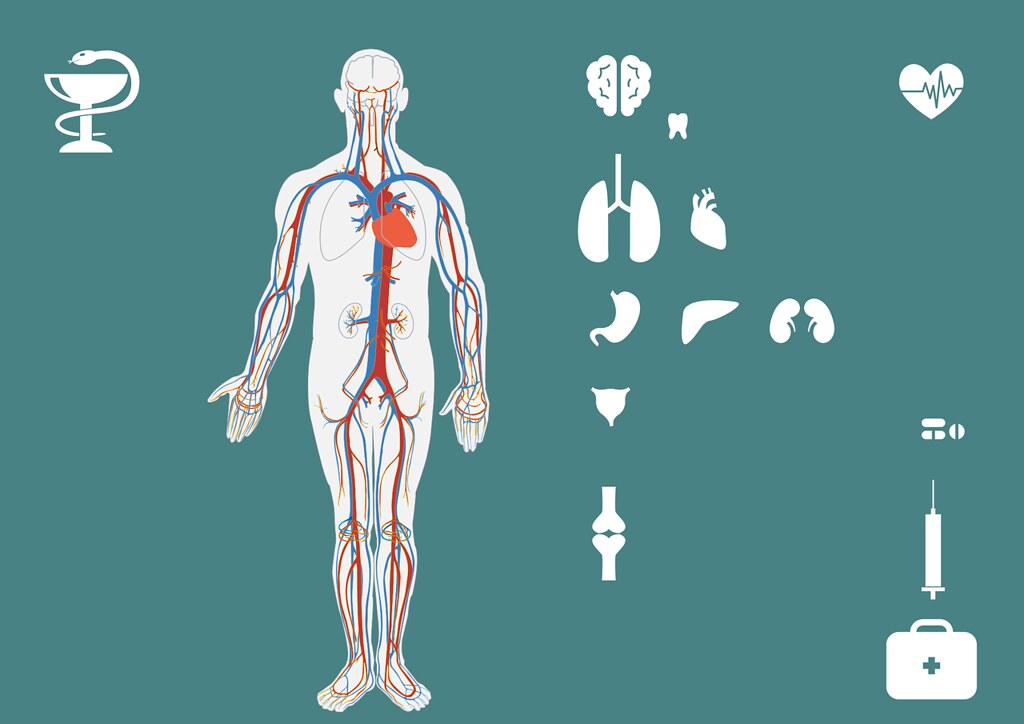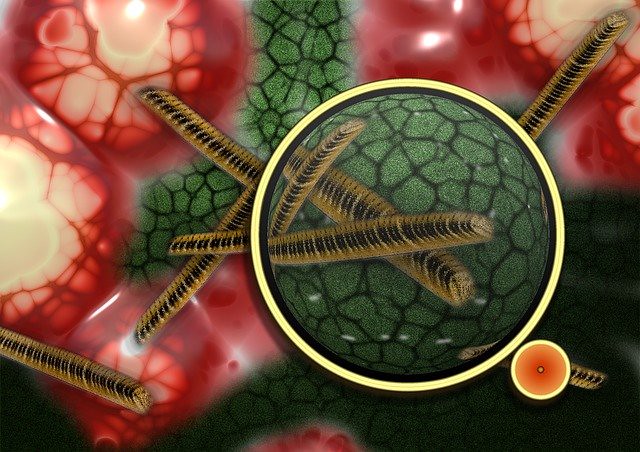Kidney Disease Stages

Kidney disease is a progressive disease, which means that it gets worse over time. However, there are three stages in which the disease may progress. The three stages of kidney disorder are the first, chronic, stage. The second stage is the intermediate stage and the third is the terminal stage. A person with the intermediate stage of kidney disorder usually needs dialysis in order to live a normal life.
Other factors that increase the risk of renal failure include the presence of renal calculi. Residual stone deposits in the urinary tract can make it even more difficult to pass stones out of the bladder. Genetic factors can also play a role in determining the progression of kidney diseases. However, patients with kidney disorder and their families have a greater chance of surviving if they take care of themselves properly. However, with a healthy diet and regular medication, most patients with intermediate stage of kidney disorder can lead active, productive lives.
Kidney disease progresses from an intermediate stage to a late stage when kidney obstruction occurs. It can be caused by a tumor, fibroid, or cyst. The latter two conditions cause a blockage or obstruction of the renal ductus arteriosus, which carries waste from the kidneys to the bladder. If this blockage is not treated, the condition can go into an advanced stage, when the kidneys completely fail and death occurs. Patients diagnosed with this stage of kidney disease need intensive care.
Patients with renal impairment should undergo a series of tests. One such test is a urinalysis, which can determine the percentage of uric acid in the urine. A special test called ureteroscopy is used to assess the condition of the kidneys. Imaging techniques include ultrasound, computed tomography, and MRI. Ultrasound helps assess the position of the kidneys in the urinary tract and detects the presence of stones, cysts, and tumors. Computed tomography can determine the location and size of tumors and allow doctors to assess their extent and effect on kidney tissue.
Patients with kidney failure should try to reduce their risk of heart attack and high blood pressure by controlling their weight, quitting smoking, eating a balanced diet, and exercising regularly. Smoking, alcohol, and a sedentary lifestyle increase the risk of these diseases. It is important for patients with renal failure to seek medical attention as early as possible so that a correct diagnosis can be made.

Patients should consult a physician if they experience any symptoms of any of these stages. These symptoms could be a sign of something more serious. It is best for patients to see a doctor as early as possible in order to receive the proper treatment at the right time
Symptoms of kidney failure include a feeling of fullness, vomiting or gas, pain in the abdomen, loss of weight, and unexplained fever. If a patient's urine becomes darker than normal or has a cloudy appearance, then there could be blockages in the urinary tract. Urinary tract infection can also be the result of stone blockage or bleeding, which can be diagnosed with a ureteroscopy.
Kidney failure can be diagnosed with the use of a urodynamic test. This test measures the pressure of urine against the pressure in the bladder to determine the fluid content in the urine. This test is performed by attaching a catheter in the groin area of the patient and injecting a dye into the urethra to measure the pressure.
Ureteroscopy is done through a laparoscopy, which is a small surgical procedure. Laparoscopic surgery is performed in the doctor's office under general anesthesia. There are two options for performing this surgery – open or laparoscopic surgery. The laparoscopic approach uses a camera to create images of the inside of the urethra and provides better magnification of the internal parts of the urinary tract.
After the diagnosis of the disease, the next stage of treatment is usually a course of treatment known as dialysis which helps patients recover from the disease and improves their quality of life. In most cases, patients will need to follow a dialysis program for the rest of their lives. Treatment is designed to help people get back to their normal daily activities and help them fight off the infection. The treatment can be in two forms – on an outpatient or inpatient.
The medication is generally given for the duration of the treatment plan involves a diet that helps reduce the infection as well as other problems that can occur in the body such as kidney stones. Other medications which help in the treatment include Vitamin C and calcium. The drugs are generally given for long periods of time to help with the fluid and electrolyte management.